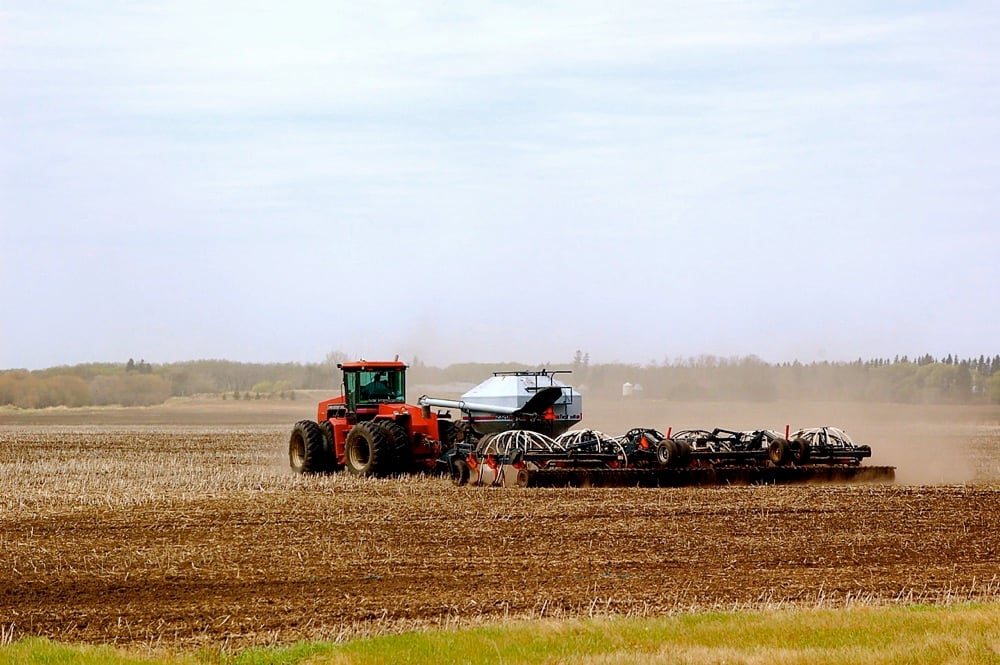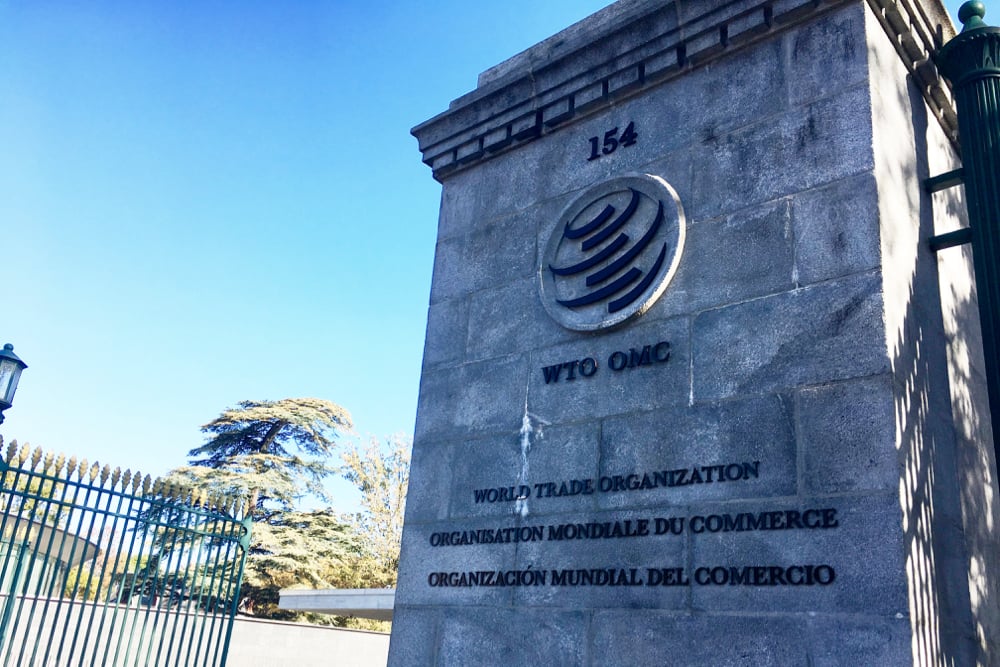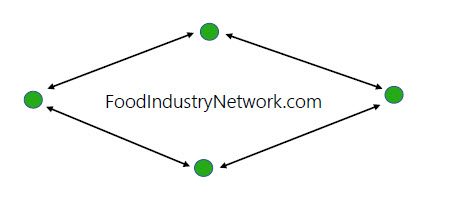Trade instability likely to tighten 2025 crop profit margins says FCC

Tight margins could get tighter amid trade instability as farmers prepare to seed this year’s crop, say Farm Credit Canada economists.
“Absent tariffs, profitability was already looking tight for the 2025-26 crop year,” wrote FCC senior economists Justin Shepherd and Graeme Crosbie.
“Considering the impact of tariffs (or potential tariffs) makes that outlook even more challenging.”
Western wheat and canola
FCC’s latest profitability estimates for Western Canadian wheat and canola showed average returns of $50 to $75 per acre, excluding the cost of land, and assuming average regional yields.
Read Also


WTO chiefs past and present demand rapid reform to keep global free trade alive
A former World Trade Organization boss has said the future terms of global trade, rocked by U.S. President Donald Trump’s sweeping protectionist tariffs, could be decided outside the 30-year-old international watchdog unless it reforms itself fast.
Shepherd and Crosbie noted the difficulty of predicting prices in the current trade environment and said there’s considerable downside risk to those estimates.
If prices saw a 15 per cent decline, it would result in a loss of $25 per acre on canola, and breakeven returns on wheat.
Canola futures had made gains from the start of the year before China announced it would impose 100 per cent tariffs on Canadian canola oil and meal. Nearby futures fell by more than 10 per cent compared to Jan. 1, FCC data showed.
In the past three weeks, canola futures have rebounded near to where they were to start the year.
Nearby wheat futures had gained nine per cent by mid-February compared to Jan. 1, but slid to hover around where they started.
Eastern soybeans and corn
FCC’s latest profitability estimates for soybeans and corn in Eastern Canada are around $375 per acre. This excludes the cost of land and assumes average regional yields.
If prices fell by 15 per cent, returns would fall to $240 per acre for corn and $280 per acre for soy.
Soybean and corn futures experienced similar trajectories to canola and wheat — rising in late January and February before dropping off in March. During that period, the emerging forecast for a large South American soybean crop pressured prices.
Will farmers change course?
Eastern farmers have historically stuck to their soybean, corn and winter wheat rotations, wrote Shepherd and Crosbie.
Statistics Canada estimated Ontario and Quebec farmers would plant 3.9 million acres of soybeans and 3.1 million acres of corn.
American farmers are expected to plant nearly five million more corn acres than last year, as global stocks-to-use are tighter relative to soybeans, Shepherd and Crosbie said.
Likewise, Western Canadian canola and wheat acres tend not to deviate much year to year — even between 2019 and 2022 when China restricted imports of Canadian canola seed.
Statistics Canada predicts 21.5 million acres of canola to be seeded in 2025 along with 19.1 million acres of spring wheat.
“We could see some ‘swing acres’ go into flax and lentils this year,” Shepherd and Crosbie wrote. “Our profitability estimates for 2024-25 and 2025-26 show these two crops as having decent returns.”
These crops have also historically seen more variation.
Manitoba could also see more soybean acres. These have tended to vary year-to-year, and potato acres may decline as potato buyers have been reportedly scaling back contracts.
Shepherd and Crosbie said that now, more than ever, it’s important to understand individual farm production costs.
“There will be volatility and, at times, opportunities to lock in returns. This is maybe truer in 2025-26 than in other years given prices are reflecting more geopolitical policy and less supply/demand fundamentals, and these policies can be implemented (or reversed) with the stroke of a pen.”
Source: Farmtario.com


